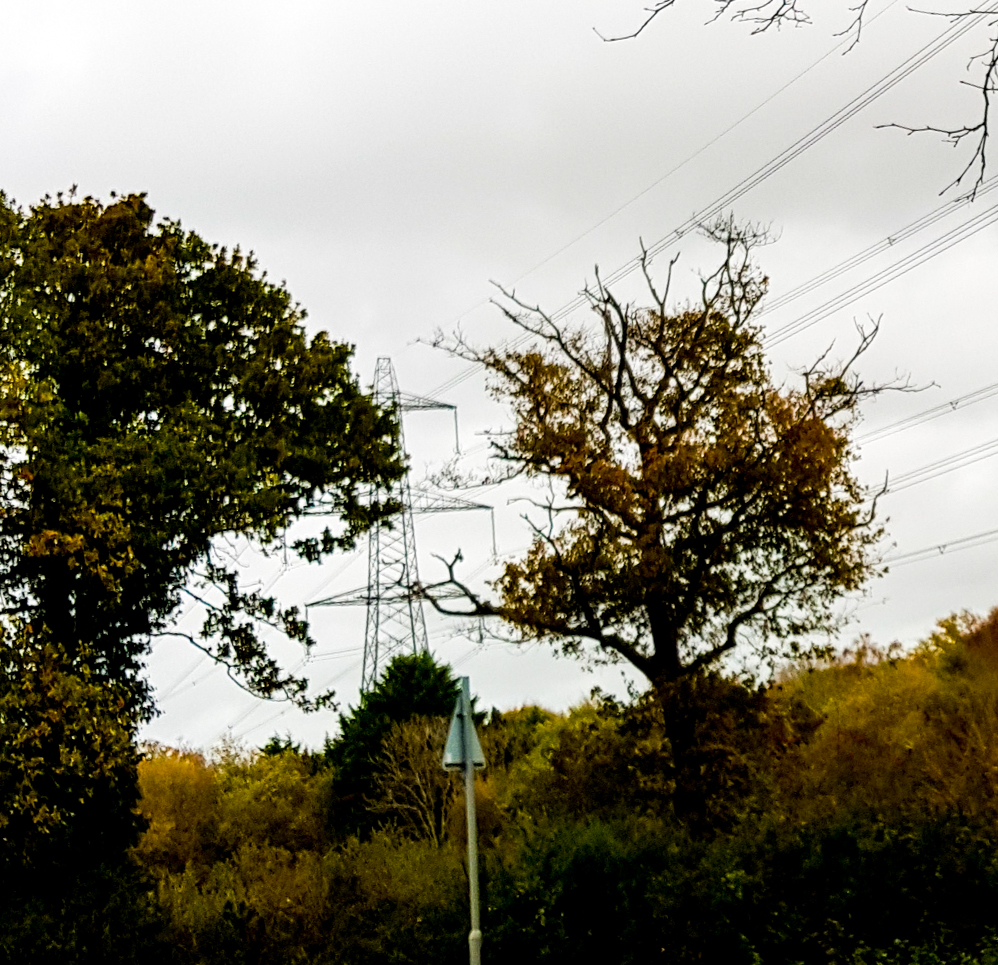Fuelling the Future
At the end of this century, the world demand for energy will in all probability have trebled from present levels due to population growth, an increase in building and developing countries increasing their population’s access to energy networks. As developed countries are trying to lessen their dependence on fossil fuels by switching to renewable energy sources, at the same time, many third world countries continue to build new coal fired power stations to cope with their increased demand for electricity.

These are tried and tested generators of relatively low cost electricity, but they are in danger of counteracting the benefit of lower greenhouse gas emissions being achieved by renewable sources of energy and creating an acceleration in the overall emissions of greenhouse gases. That being the case, we need to look at an alternative large-scale, sustainable and carbon-free form of energy which will produce enough electricity for the projected increase in global demand at a cost which is affordable to consumers worldwide.
Nuclear Fusion could fit the bill for that energy source when it becomes a viable commercial option, which it is expected to do by 2060. This process takes two light atomic nuclei and combines them to form a single heavier one. This will generate four times more energy per kilo of fuel than nuclear power plants using the nuclear fission process and nearly four million times more energy per kilo of oil or coal.
The Nuclear Fusion process uses deuterium which can be distilled from water, tritium which is produced during the fusion reaction and lithium. Land based reserves of lithium would be suffice for the operation of fusion power plants for more than 1,000 years, while subsea reserves of lithium would last as long as required. Fusion does not use materials like uranium and plutonium, therefore reducing the concerns around safety, leakages or meltdowns and does not produce long life contaminated nuclear waste with all the inherent storage and isolation issues. The materials used in the process could be safely recycled within a 100 year period. Furthermore, nuclear fusion does not emit harmful toxins or greenhouse gases into the atmosphere, its major by-product is in fact helium, which is an inert, non-toxic gas.
There are a number of advantages of fusion over fission;
- Fusion reactors do not support a chain reaction and will not melt down like fission reactors
- Fusion reaction produces little or no radioactive waste as opposed to nuclear fission which produces large amounts of radioactive waste, the disposal or storage of which is problematic
- The energy generated by nuclear fusion is three to four times greater than that generated by the fission process.
- The materials required to fuel the fusion process are, relatively low-cost and readily available worldwide
- Nuclear fusion does not damage the atmosphere by producing greenhouse gases, therefore poses no danger to the public and produces only short-lived radioactive waste
- In using materials such as uranium and plutonium, leakage from the fission process is liable to lead to a catastrophic meltdown of the reactor, while any disturbance to the fusion process will see the plasma cool almost instantaneously and the reaction will stop, with no risk of a chain reaction.
The output of a fusion reactor of the type and size envisaged from 2060 will be similar to that of the current fission reactors in the UK and the cost of the power generated will also be similar in both. Electricity generated by present fission nuclear power stations is competitively priced when compared with power from renewable sources such as wind or solar but will cost more than that generated by coal or gas fired power stations.
Nuclear power generation is also relatively safe despite the fact that uranium and plutonium are very dangerous materials. In the 60-year history of nuclear power generation, there have been only three significant accidents at nuclear power plants;
Three Mile Island (USA 1979) where the reactor was severely damaged but radiation was contained and there were no adverse health or environmental consequences.
Chernobyl (Ukraine 1986) where the destruction of the reactor killed two people and a further 28 died from radiation poisoning within three months. There were significant subsequent health and environmental consequences.
Fukushima Daiichi (Japan 2011) where four reactors were written off after the plant was hit by a huge tsunami. There were no deaths or serious injuries due to radioactivity, although around 19,500 people were killed by the tsunami.
Compare these with the number of fatal accidents which have occurred in the production of oil and gas in the North Sea alone, including;
The Occidental owned Piper Alpha disaster in 1988 where 167 people died as a result of an explosion on the platform
The Alexander Kielland a Norwegian semi-submersible drilling rig which capsized in the Ekofisk oil field, in 1980, killing 123 people.
There have also been a catalogue of refinery fires and explosions which have been responsible for deaths and injuries to operators. Pipeline leaks and oil tanker incidents have caused major environmental contamination, yet we still regard nuclear as a more dangerous alternative.
As the demand for energy grows, we must reduce our dependence on fossil fuels such as oil and gas as they are major contributors to the emission of greenhouse gases into the atmosphere. If this is not achieved, we will increase these emissions rather that reduce them as is our target. To do this we need to look at a blended approach to generating electricity, slowly cutting down our dependence on oil and gas by using wind farms and solar panels which along with nuclear generate electricity without producing harmful greenhouse gas emissions. The introduction of nuclear fusion not only produces zero carbon emissions but leaves no long-lived radioactive waste, this is a positive step towards a greener electricity generation industry which is much more friendly to our planet.
